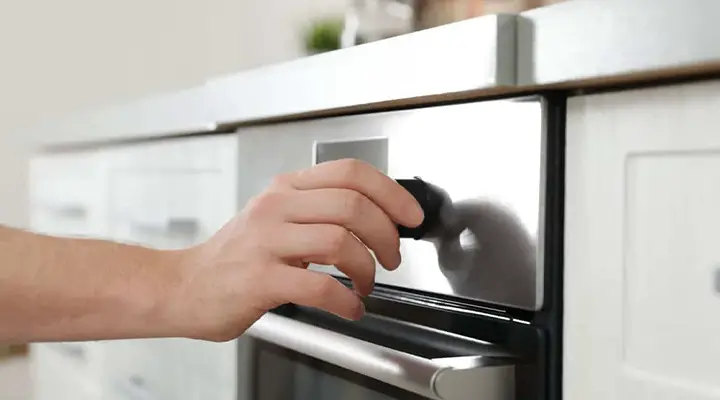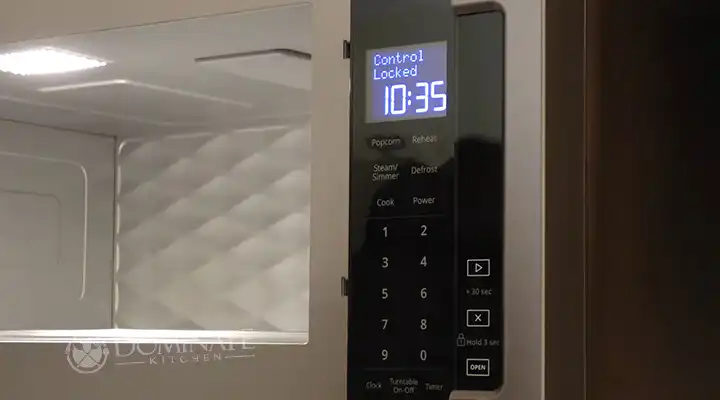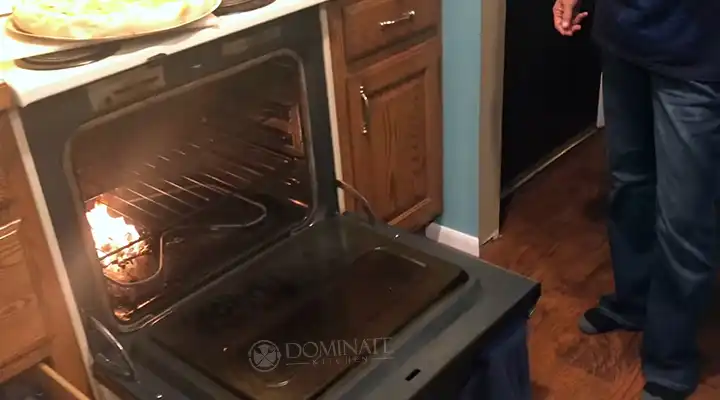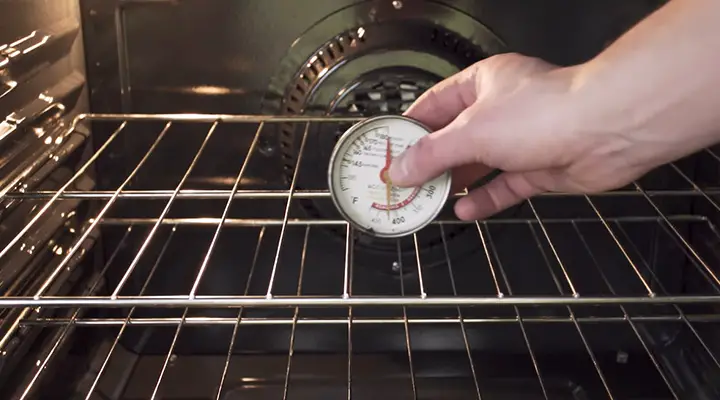Why Does My Stove Top Get So Hot When the Oven Is On (Reasons and Solutions)
There are several reasons why the stovetop gets hot when the oven is on. One of the main reasons is the obstruction in the stove vents or the clogged vents. In such situations, try to clean the filter and remove all the grease and grime. Then comes the faulty burners. It causes the burner to heat up unevenly.
As a result, the stovetop gets unevenly hot. Replacing the burner might solve the issue. Apart from these, oversized kitchenware, like pans and pots, and low air circulation in the kitchen can be behind your problem as well. However, to know more about why your stove top gets so hot when your oven is on, keep reading further.
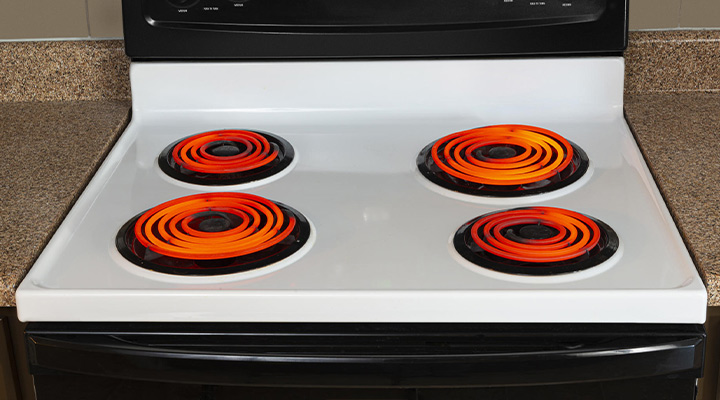
Is It Normal for the Stove Top to Get Hot When the Oven Is On?
Well, this issue often occurs to users when they are cooking or baking something in the oven, especially, when you are boiling or baking something in your oven for an extended period. However, the oven or even your kitchen’s ventilation system has a lot to do with it as well.
Although it is a rather common phenomenon to the customer. Still, it is normal for you to be worried about it as issues like this tend to cause severe damage now and then.
So whenever you find your stovetop getting too hot than usual, check the ventilation system of your stove. If it is okay, then there might be some other reasons why this is happening to your stovetop.

Common Reasons and Solutions for a Hot Stovetop
The stovetop getting hot can be attributed to several underlying factors. Understanding these key reasons can help you diagnose and resolve the issue effectively. Let’s delve into each cause one by one:
1. Obstruction in the Stove Vents
- When your stove is in operation, it generates a significant amount of heat. To maintain a safe cooking environment, most stoves are equipped with built-in vents designed to release excess heat.
- Sometimes, these vents can become obstructed, either due to accumulated debris, grease, or other materials. When this happens, the excess heat inside the stove remains trapped, causing the stovetop to become excessively hot.
Solution: To address this issue, you can follow these steps:
Step 1: Locate and remove the filter under the stove’s hood.
Step 2: Submerge the filter in a container filled with water to remove surface debris.
Step 3: Use a suitable cleaner to eliminate grease and grime from the filter.
Step 4: Reattach the filter to the range and check if the overheating problem is resolved. If not, there may be another underlying cause.
2. Faulty Burners
- Over time, the burners on your stove can become physically damaged or warped, especially if you’ve been using the same stove for an extended period.
- The size and shape of the burners play a crucial role in regulating the temperature of the stove. When burners are uneven or damaged, the temperature may vary, causing the stove to become excessively hot.
Solution: The most effective solution in this case is to replace the faulty burner with a new one.
3. Oversized Kitchenware
- The size of the cookware you use on your stovetop can affect its performance. Using oversized pans and pots that extend beyond the burners’ boundaries can lead to uneven heat distribution.
- As the cookware covers a larger area, it traps heat and may cause the stovetop to become hotter than expected.
Solution: To alleviate this issue, opt for appropriately sized cookware that fits within the burner’s boundaries.
4. Low Air Circulation
- Adequate air circulation in your kitchen is essential for maintaining a balanced cooking environment. When the air circulation is poor, it can lead to heat buildup around the stove.
- Stagnant air traps heat, making the stovetop hotter than usual.
Solution: To improve air circulation, consider opening windows, using kitchen exhaust fans, or installing additional ventilation systems.
5. Drip Pan Issue
- The drip pan, typically located beneath the burners, is designed to catch spills and food particles. Over time, these drip pans can become clogged or damaged, hindering their functionality.
- When the drip pan is not functioning correctly, it may lead to excess heat radiating from the stove, causing the stovetop to become hot.
Solution: Examine and clean the drip pan, and replace it if it’s damaged or clogged to ensure it functions as intended.
6. Deteriorated Oven Insulation
- The insulation in your oven plays a crucial role in retaining heat within the oven cavity. If the insulation deteriorates or becomes damaged, it can result in heat escaping from the oven’s interior.
- This escaping heat can affect the stovetop and make it hotter than it should be.
Solution: If you suspect deteriorated insulation, it may require professional inspection and, if necessary, replacement.
By understanding these potential reasons for a hot stovetop, you can diagnose the issue more effectively and take appropriate steps to resolve it, ensuring a safer and more efficient cooking experience.
How Do You Adjust Electric Stove Burners?
If you find that your electric stove burners are not level, it’s important to adjust them to ensure even cooking. Here’s a step-by-step guide on how to do it:
Method 1: Adjusting the Range
- Gather Your Tools: To begin, you’ll need a standard level, ideally around 8 to 10 inches in length. This tool will help you determine how much adjustment is needed.
- Assess the Current Level: Place the level on top of the stove range, and check if it’s level from side to side and front to back. If it’s not, you’ll need to make some adjustments.
- Lift and Adjust: Lift the range slightly and make the necessary adjustments to level it out. Ensure that the range remains level in both directions—side to side and front to back.
Method 2: Adjusting the Burner
- Check the Current Level of the Burner: Even after leveling the range, the individual burners may still not be at the proper level. To check this, use the same level you used for the range.
- Identify the Highest Leg: Place the level on top of each leg of the burner to determine which one is the highest. This step is crucial to identify which part of the burner needs adjustment.
- Customize the Burner: To level the burner, you’ll need a regular file. Carefully reduce some of the metal on the highest leg of the burner. Make sure to remove a small amount of metal at a time. After each adjustment, immediately check if the burner is level. If it’s not, continue the process, gradually removing metal until the burner is perfectly level.
By following these steps, you can ensure that your electric stove burners are properly leveled, which will result in more even cooking and better performance. If you encounter any difficulties or are unsure about making these adjustments, it’s advisable to seek professional assistance to avoid any potential hazards.
Frequently Asked Questions
Why is my electric stovetop smoking?
There might be plenty of reasons behind this issue. But one of the most common reasons among all might be the residual food or grease. When the burners have excessive grease or residue, then they might burn these residues and cause smoking.
Can an electric stove catch on fire?
Just like the gas stove, the electric stove can also catch on fire. Try to follow proper instructions when you are using the home appliances and you should be good to go.
In Closing Remarks
In summary, if your stovetop heats up when the oven is on, you now have the knowledge to address this issue. Regular maintenance, like cleaning vents and checking for faulty burners, can make a big difference. Remember to consult your appliance’s manual and stay vigilant. While a warm stovetop is common, prompt action can prevent discomfort and damage. Happy cooking!

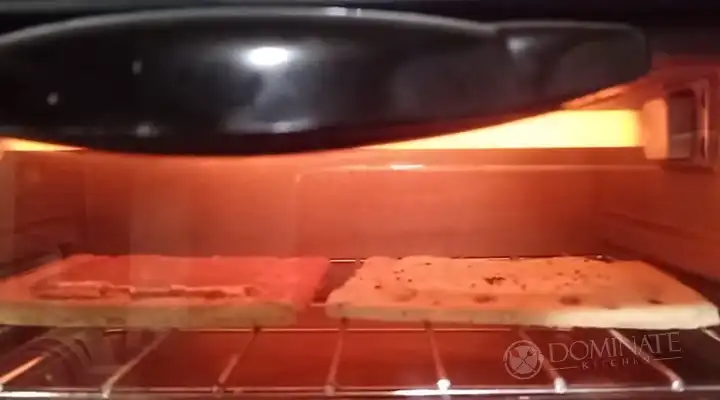
![[Answered] Does Toaster Oven Save Electricity?](https://www.dominatekitchen.com/wp-content/uploads/2023/09/Does-Toaster-Oven-Save-Electricity.webp)
